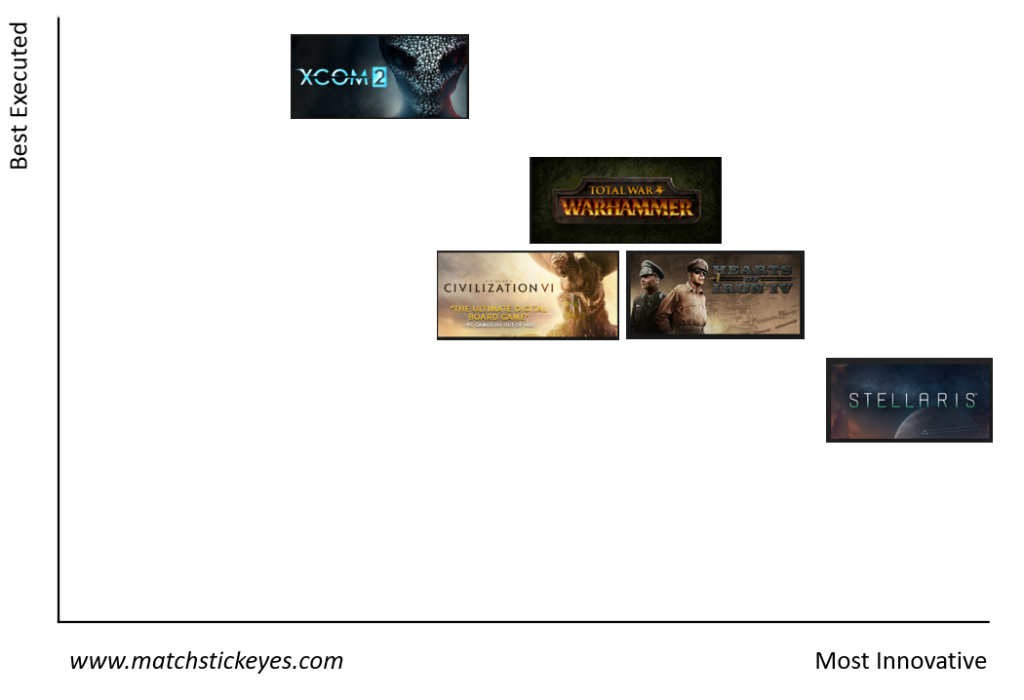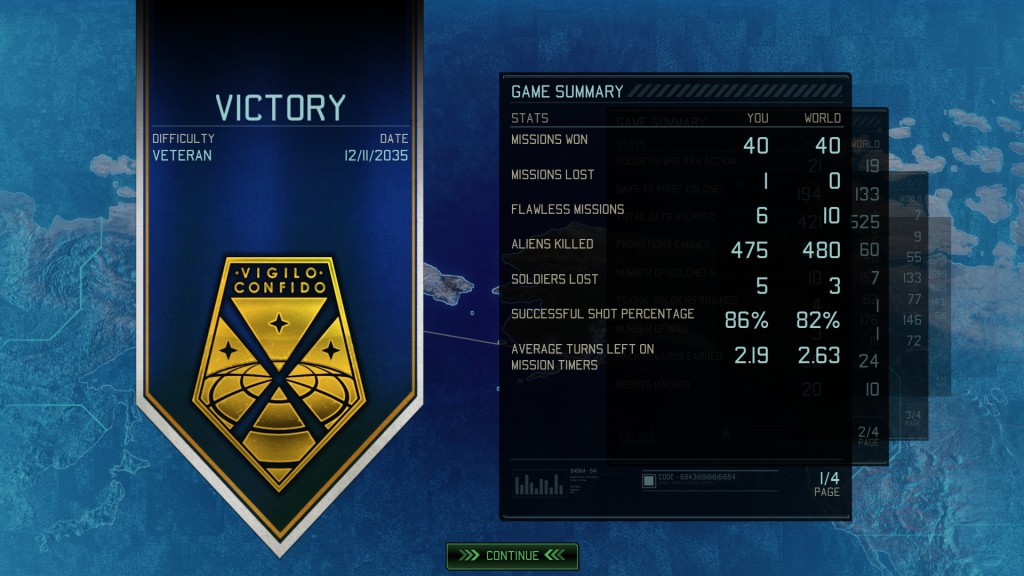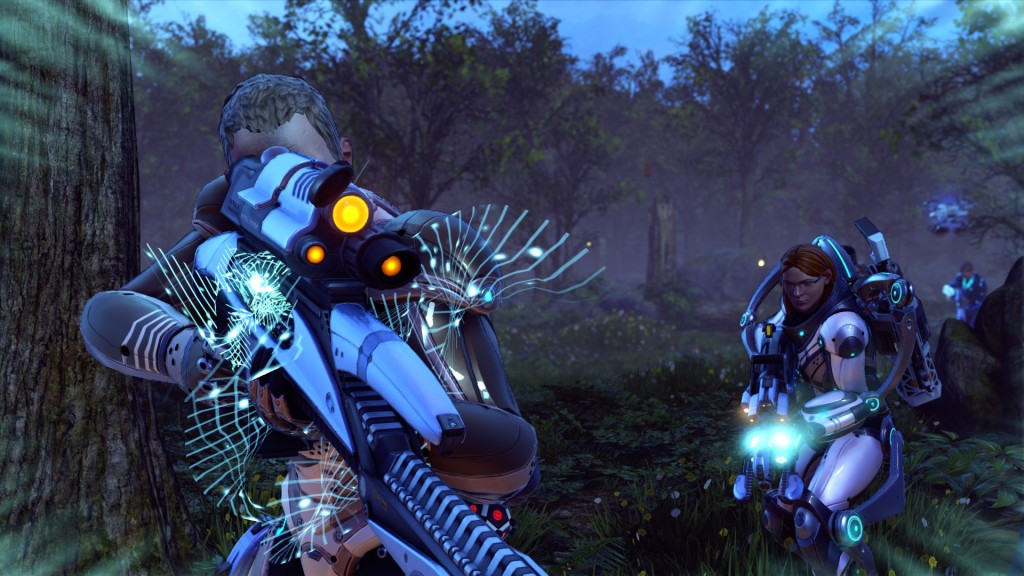Juggling knives — In an ideal world, I wouldn’t have split my forces. But faced with multiple objectives — rescue civilians, spread around the perimeter of the map; recover treasure chests; go after the boss — I’ve had little choice. My party is split across the entire map: some straggling through a thicket towards the boss, others flying on pegasus- or wyvern-back towards the civilians, one man on horseback battling his way up a narrow lane. And now, a powerful optional boss has thundered onto the field, trailed by several lackeys. Fortunately, my strongest character is close enough to intercept. Unfortunately, her best backup – the two people who can hard-counter the new arrival – are on the wrong side of the map.
It’s time to improvise.
I really like Fire Emblem: Three Houses’ mission design. The game’s rules are fairly basic: most battles are won by defeating all enemies or the boss; and enemies usually activate when someone gets too close. By itself, this produces an optimal way to play: be cautious, cruise across the map in a giant blob, and pick off enemies a few at a time. What the game does well is adding extra layers of complexity, such as mission-specific twists and optional objectives. Here are a few examples:
- Three-way battles offering a reward if you can defeat more characters than the other two factions, or a race to defeat a specific character to claim a treasure.
- Optional bosses with rare drops.
- A reward for keeping waves of spawning pirates out of a village, even as your main force presses on to defeat the boss.
- A map populated by fast, powerful roving enemies … and a treasure chest in the middle.
This pushes me to vary my tactics, and adds challenge even when my party is over-levelled. It has also delivered memorable set-pieces, such as the one at the top of this post.
Firaxis’ XCOM makes an interesting contrast — I think giving the player a risk/reward decision in Three Houses works better to shake up playstyles, compared to a hard cut-off such as XCOM 2’s controversial mission timer. The XCOM series itself has been through several approaches — Three Houses is closer to picking up MELD in XCOM: Enemy Within, although with greater variety (granted, Three Houses has the advantage of hand-crafted missions, whereas the XCOM games rely on random generation). Comparing these three games, I would argue that carrots work better than sticks.


